Self-Recognition in Children: A Remarkable Milestone
It’s when a toddler first realises that the face in the mirror or the photo is their own. This realisation typically emerges between about 15 and 24 months , but every child’s timeline can vary.
In this article, we’ll explore how this recognition develops, why it matters so much, and how you can support it at home. We’ll also see how personalised items—like a puzzle with your child’s photo—can nurture this growing sense of self.
The Importance of Self-Recognition
-
Building Block of Identity
Recognising “that’s me!” is the foundation of a child’s sense of self and self-esteem. -
First Step Towards Self-Awareness
Once a child realises the reflection they see is theirs, they begin understanding they’re an individual with their own thoughts, feelings, and abilities. -
Pathway to Theory of Mind
Being aware “I am me” is different from fully grasping what others think or feel, but this recognition is an essential stepping stone towards empathy and understanding other perspectives in the future.
The Mirror Test: A Psychology Classic
The “Rouge Test” or “Mark Test”
Psychologists have used the “rouge test” to gauge self-recognition. A small dot of lipstick or paint is placed on the child’s nose or forehead, then they’re positioned in front of a mirror. Younger toddlers often reach out towards the reflection, as if they see “another child.” Around 18 months , many begin touching their own nose or forehead, signifying they know the image is them.
Timeline Variations
- 15 to 18 months : Some children display self-recognition earlier if they’re frequently exposed to mirrors or given lots of encouragement.
- 18 to 24 months : The most common window for passing the test.
- After 2 years : Some take longer, and that’s perfectly normal. Every child grows at their own pace.
Recognising Themselves in a Photo: A More Abstract Task
Unlike a mirror, a photo is static. The child can’t interact with the image in real time. They must mentally grasp that the still image they see corresponds to themselves. Because of this, photo recognition can sometimes come after mirror recognition:
- Around 2 to 3 years : Most children confidently point to themselves in a photo.
- Beyond 3 years : Others may need a little more help—for instance, linking the picture to a memorable event (“Look, that’s you at your birthday party!”). The emotional context often solidifies recognition.
Key Factors Influencing Self-Recognition
-
Regular Exposure
Children who frequently see themselves in mirrors, photos, or videos may grasp the concept sooner. -
Verbal and Emotional Reinforcement
Narrating what you see—“Yes, that’s your little nose!”—helps a child connect the image to their actual self. -
Cognitive Maturation
Just like walking and talking, the brain needs time to develop. Some kids simply need more time than others. -
Cultural Context
In some cultures, mirrors and photos are less common, which may affect the timeline for self-recognition.
Why Is This Stage So Important?
-
Identity & Confidence
Knowing “I’m a unique individual” strengthens a child’s self-confidence and sense of security. -
Emotional Awareness
Recognising their own face helps children associate their facial expressions with emotions—“I’m happy” or “I’m sad.” -
Autonomy & Willpower
A child aware of themselves often explores more, tries tasks independently, and expresses their preferences.
Practical Tips to Encourage Self-Recognition
-
Play with Mirrors
Place a sturdy, shatterproof mirror at your child’s eye level. Let them observe themselves, make funny faces, comb their hair, etc. -
Name What You See
Use their name while pointing to their reflection or a photo: “That’s you, look at your big smile!” -
Create a Photo Album
Put together a small, child-friendly album of family pictures. Turning the pages and recognising themselves at different ages boosts familiarity. -
Celebrate Every Milestone
When they notice something new in the mirror—like the spot of lipstick—you might say, “Wow, you found it on your nose!” Positive reinforcement builds confidence.
Personalised Puzzles: A Fun and Engaging Tool
Placing your child’s own photo on a puzzle is more than just a novelty. It’s a way to strengthen their self-recognition through play:
-
Pride and Achievement
Completing a puzzle of themselves offers a double dose of excitement: they solved it, and it’s them. -
Opportunities for Conversation
While assembling the puzzle, you can highlight body parts—“There are your curly hair strands!”—helping them associate each piece with their actual features. -
Family Bonding
Everyone can join in, emphasising, “This is your puzzle!” That sense of ownership boosts self-esteem.
To check out these adorable and educational puzzles, visit SwappyPrint’s Custom Photo Puzzle. They make a creative keepsake and a fantastic hands-on learning tool.
Final Thoughts
Self-recognition is a pivotal developmental milestone in a child’s life. It generally blossoms between 15 and 24 months , through mirror reflection first and then through photos. Each child’s journey is unique, shaped by environment, experiences, and the loving guidance of caregivers.
By offering plenty of chances to see themselves—whether in mirrors, photos, or a personalised puzzle—you can boost their sense of identity and self-worth. This fleeting stage has a lasting impact: once a child grasps “I am me,” they take confident steps towards exploring the world around them. So celebrate each new discovery, encourage their sense of wonder, and consider a fun personalised puzzle to make those early realisations all the more memorable!

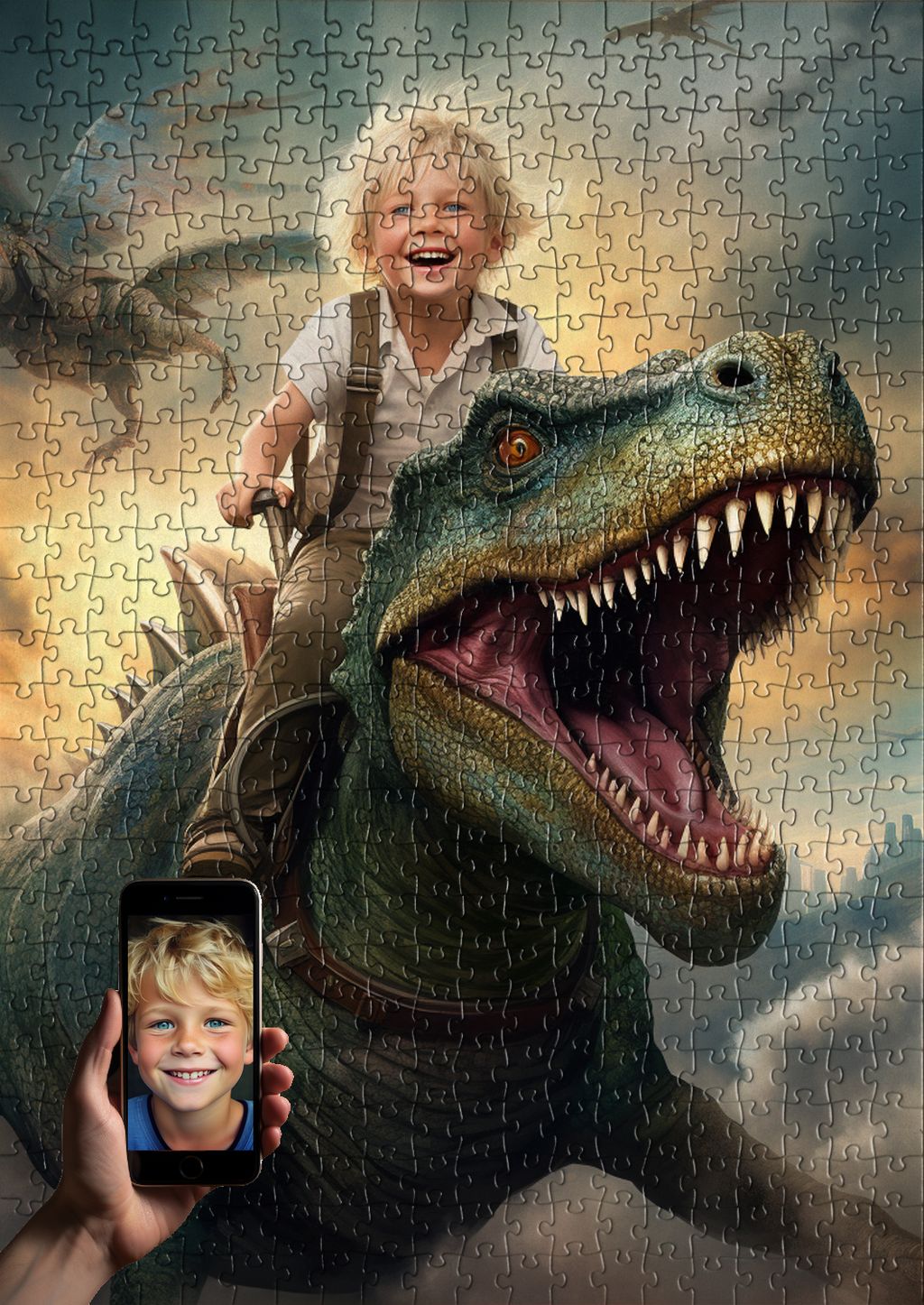

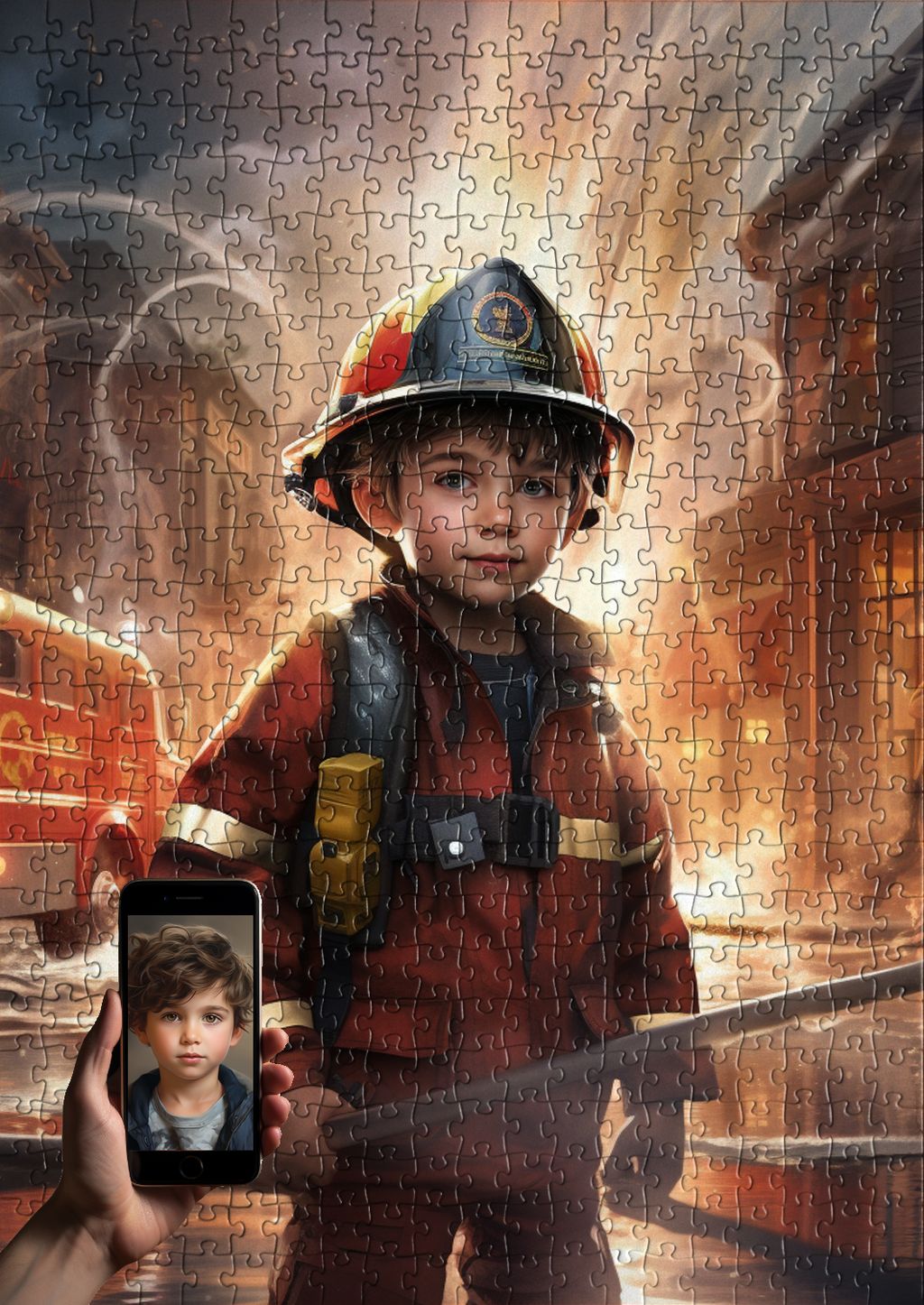
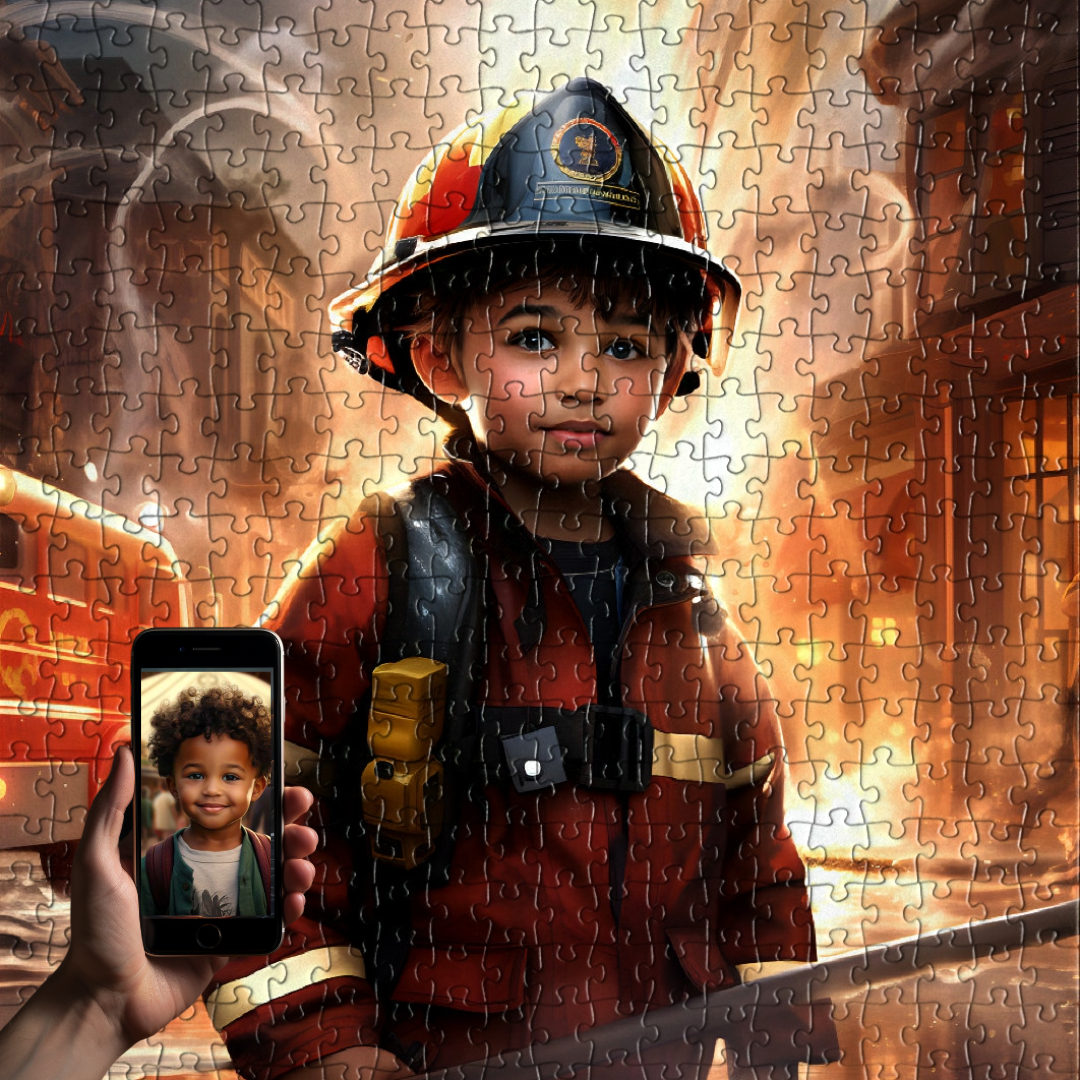
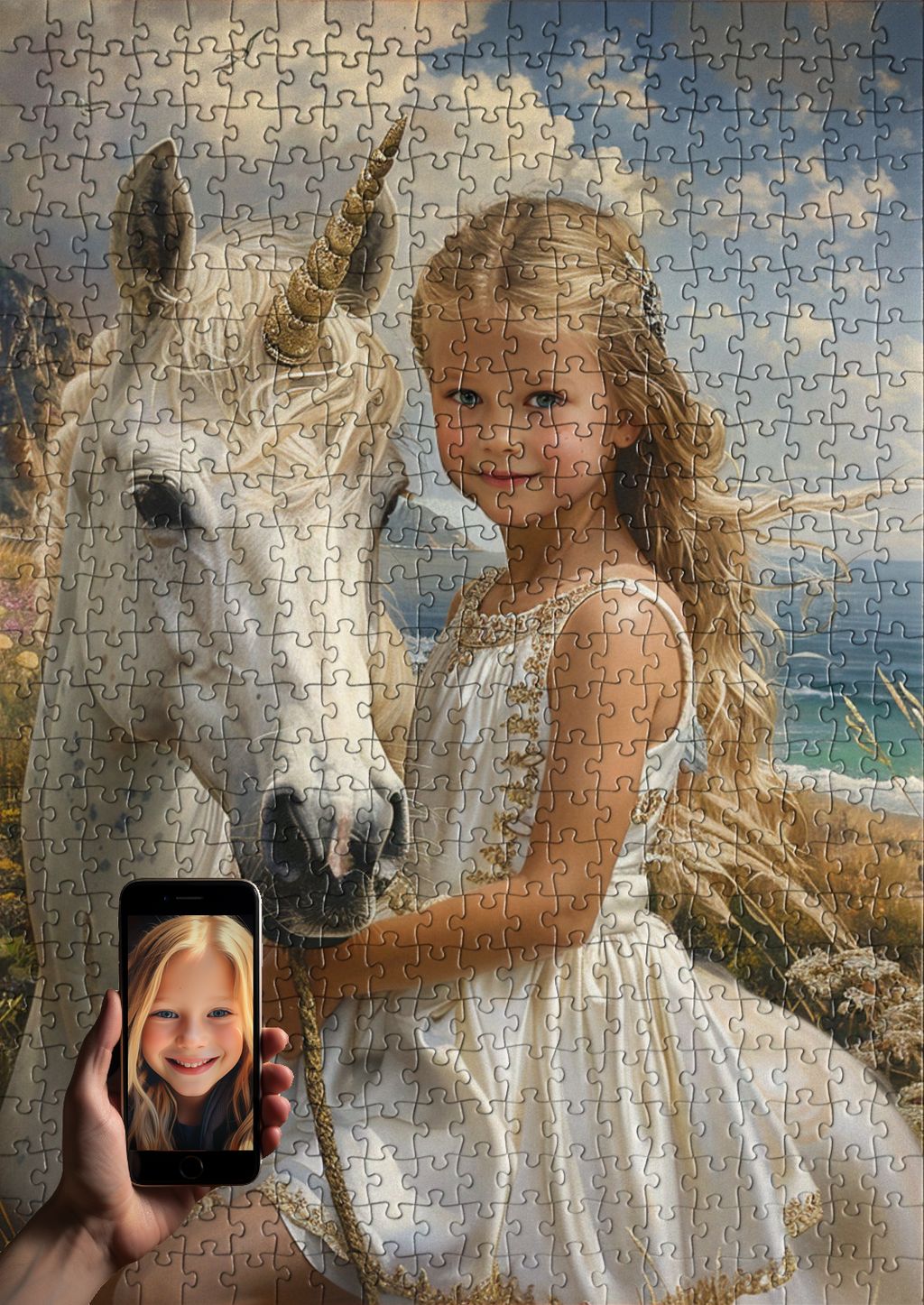
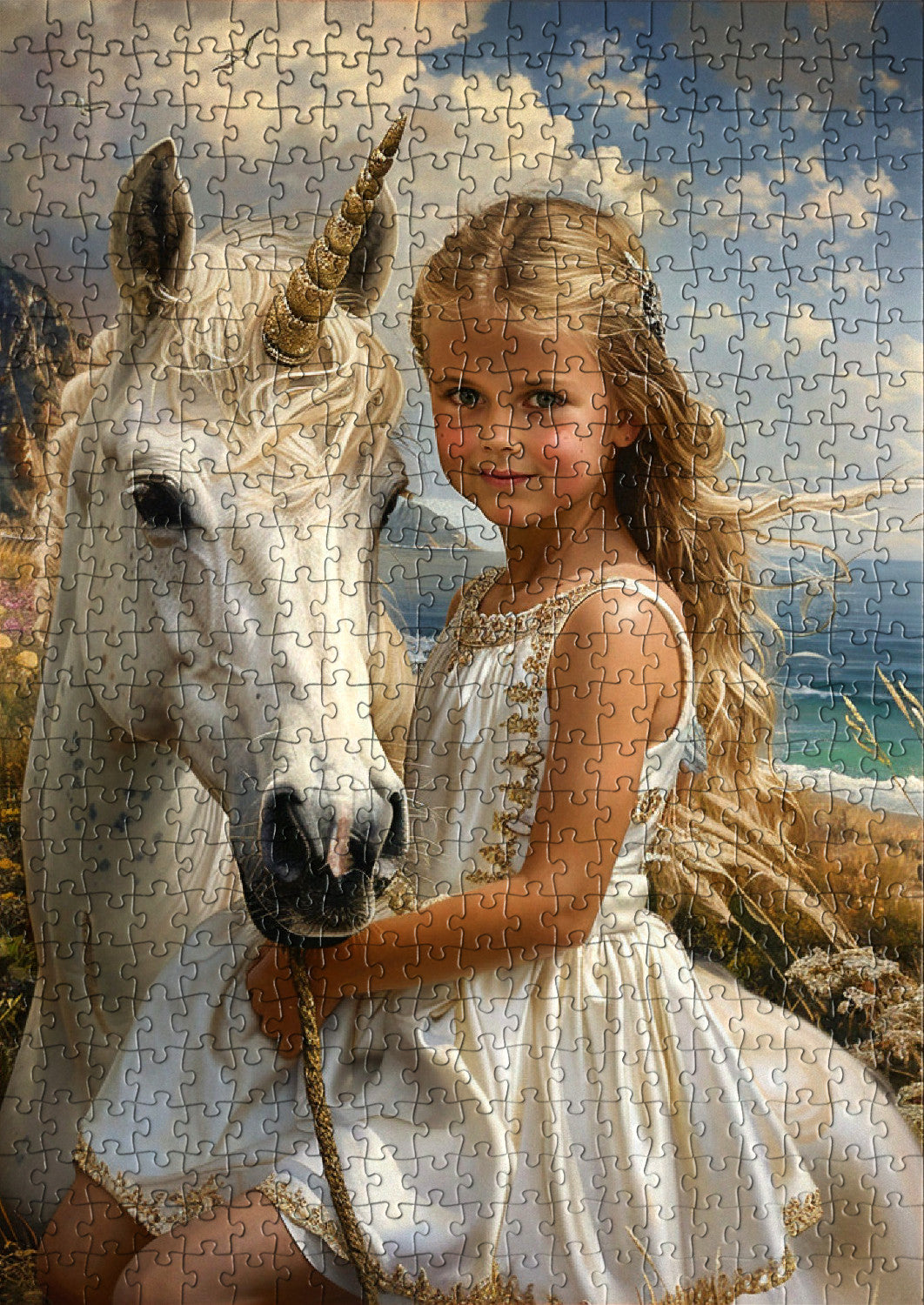
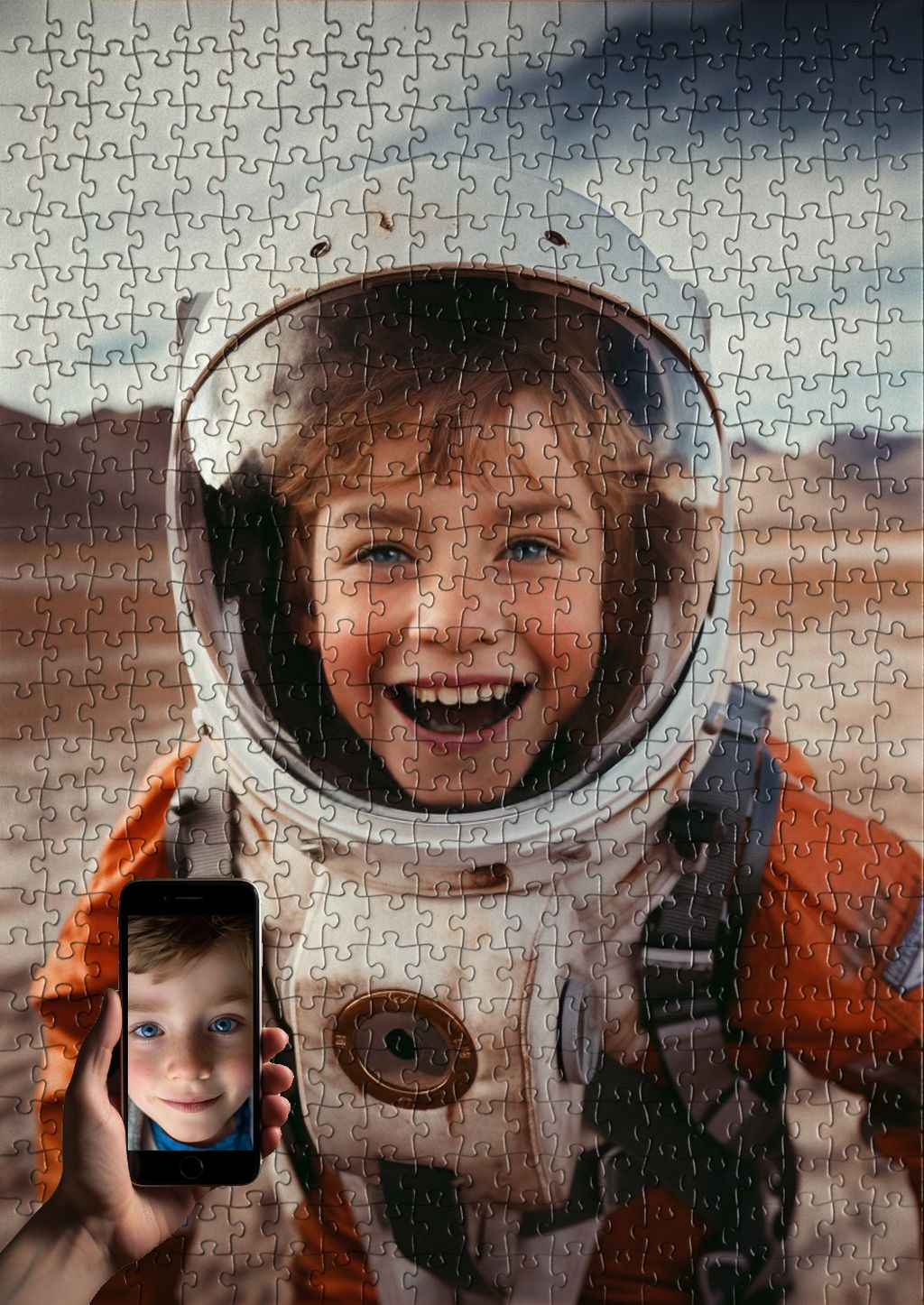
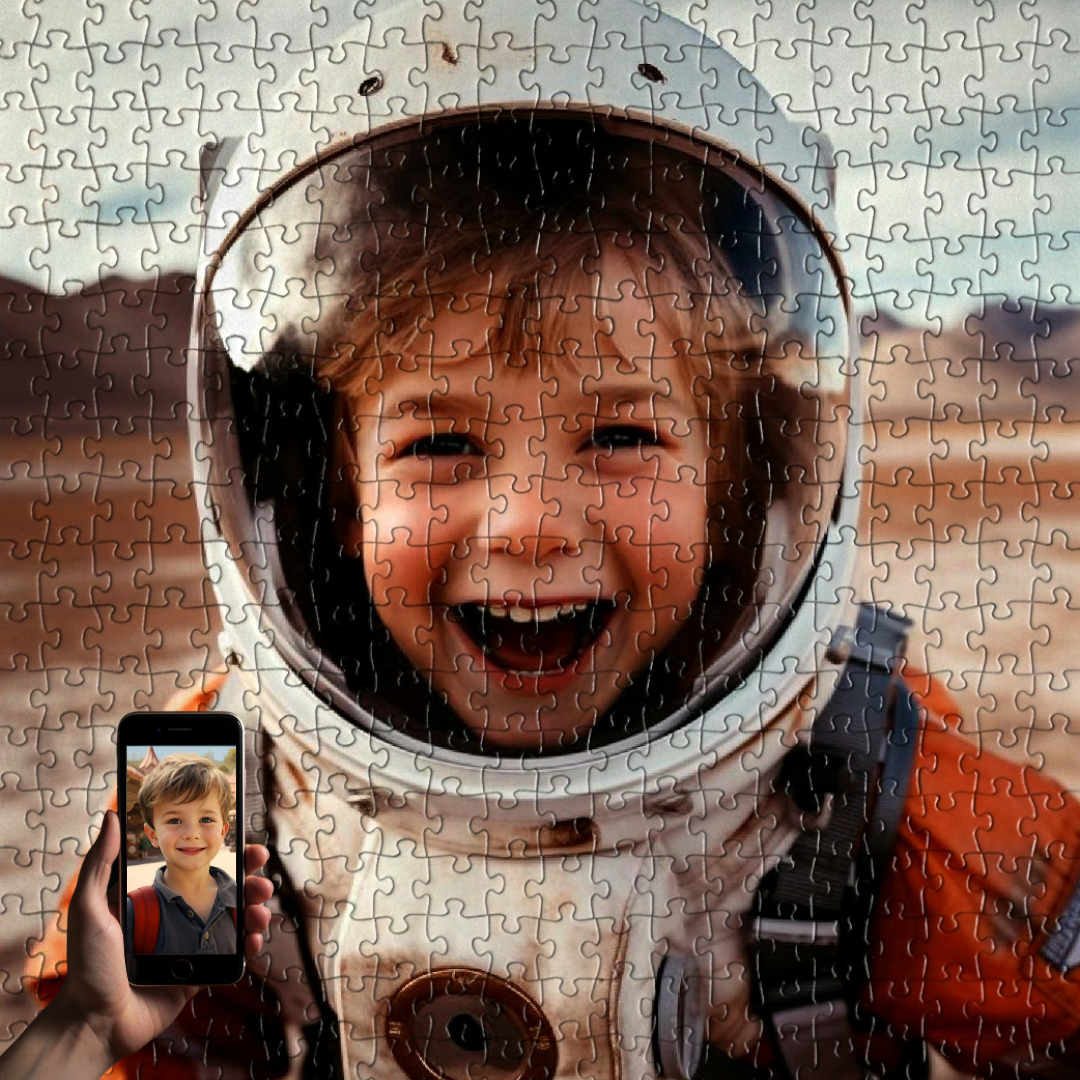
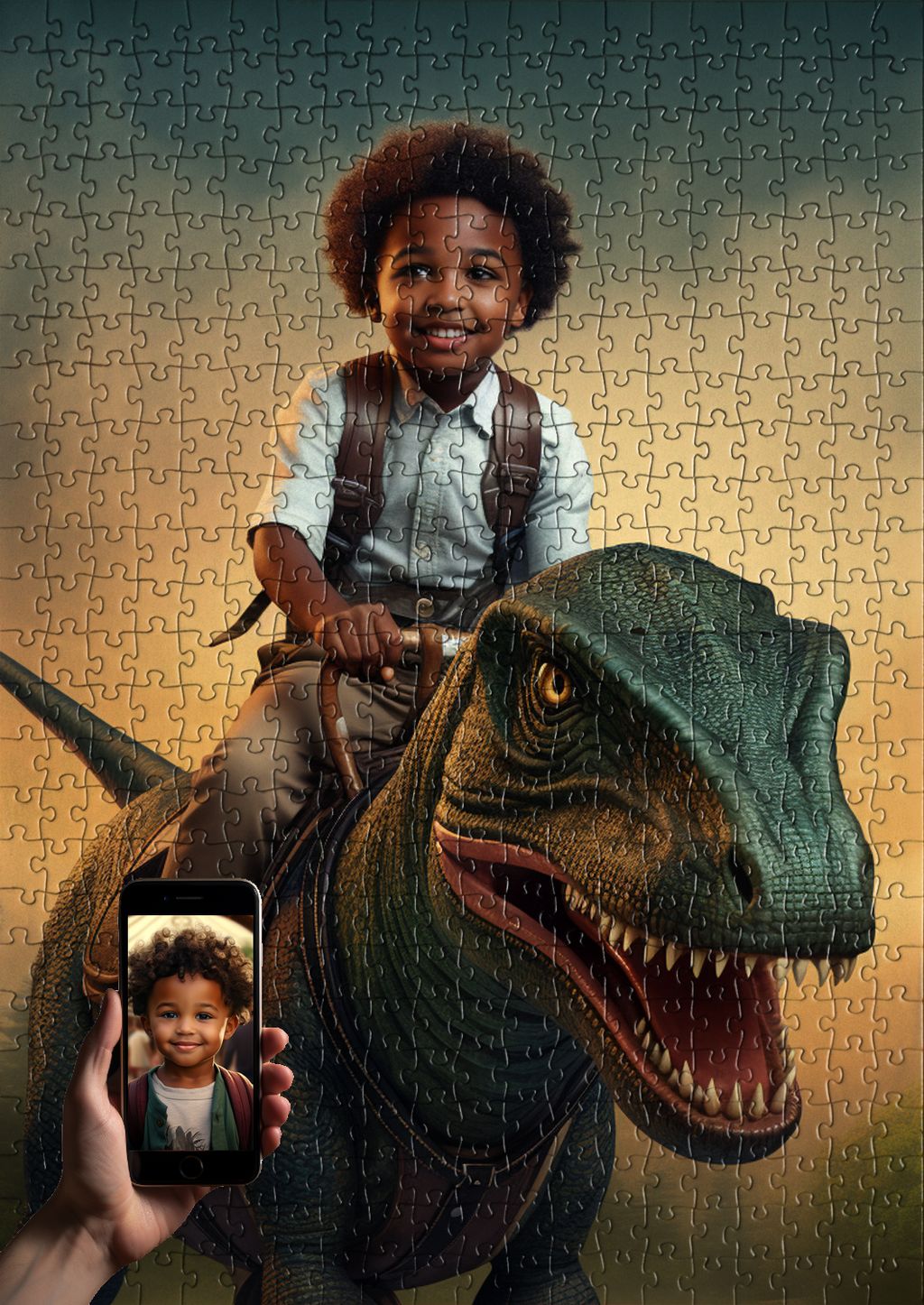
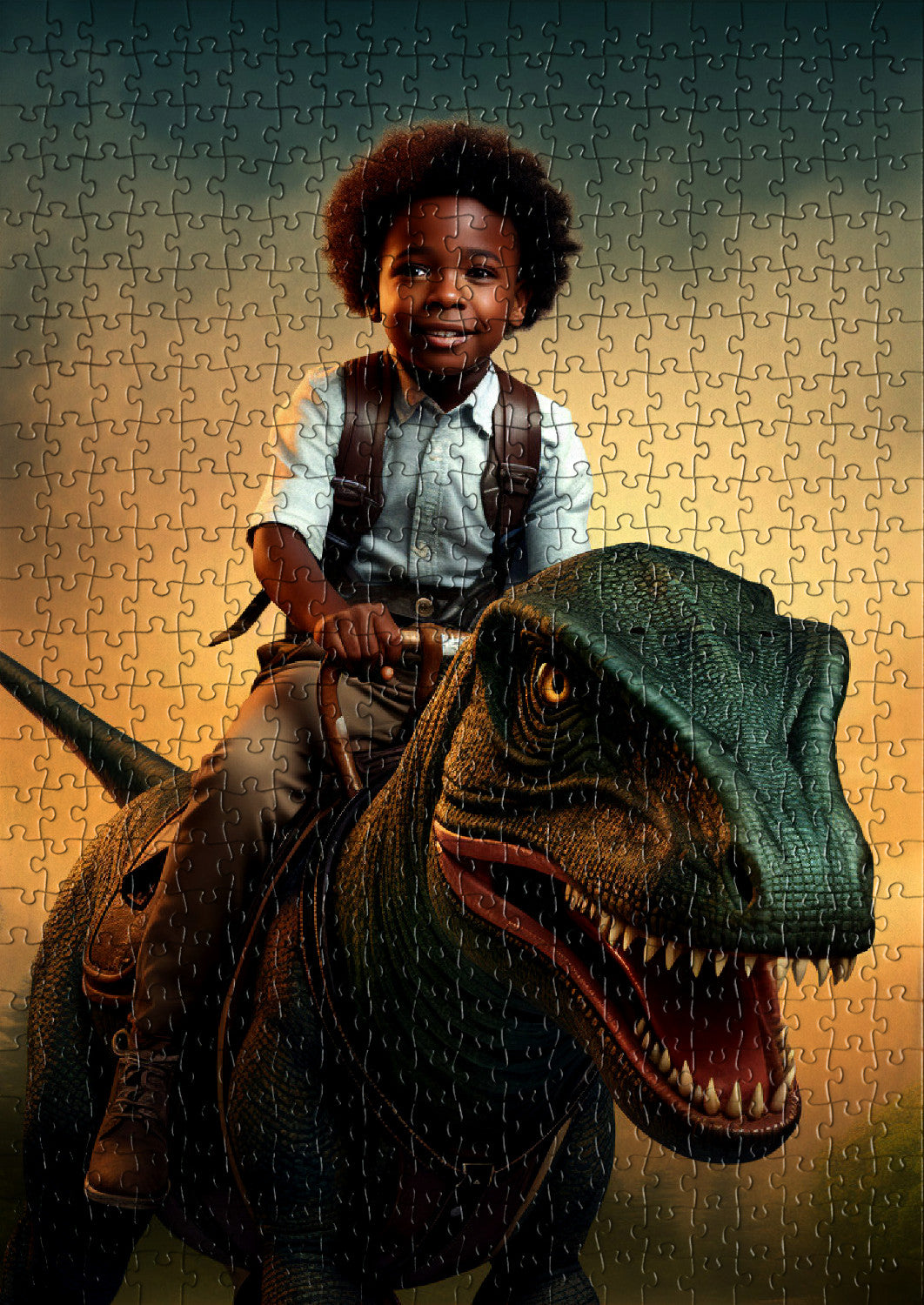
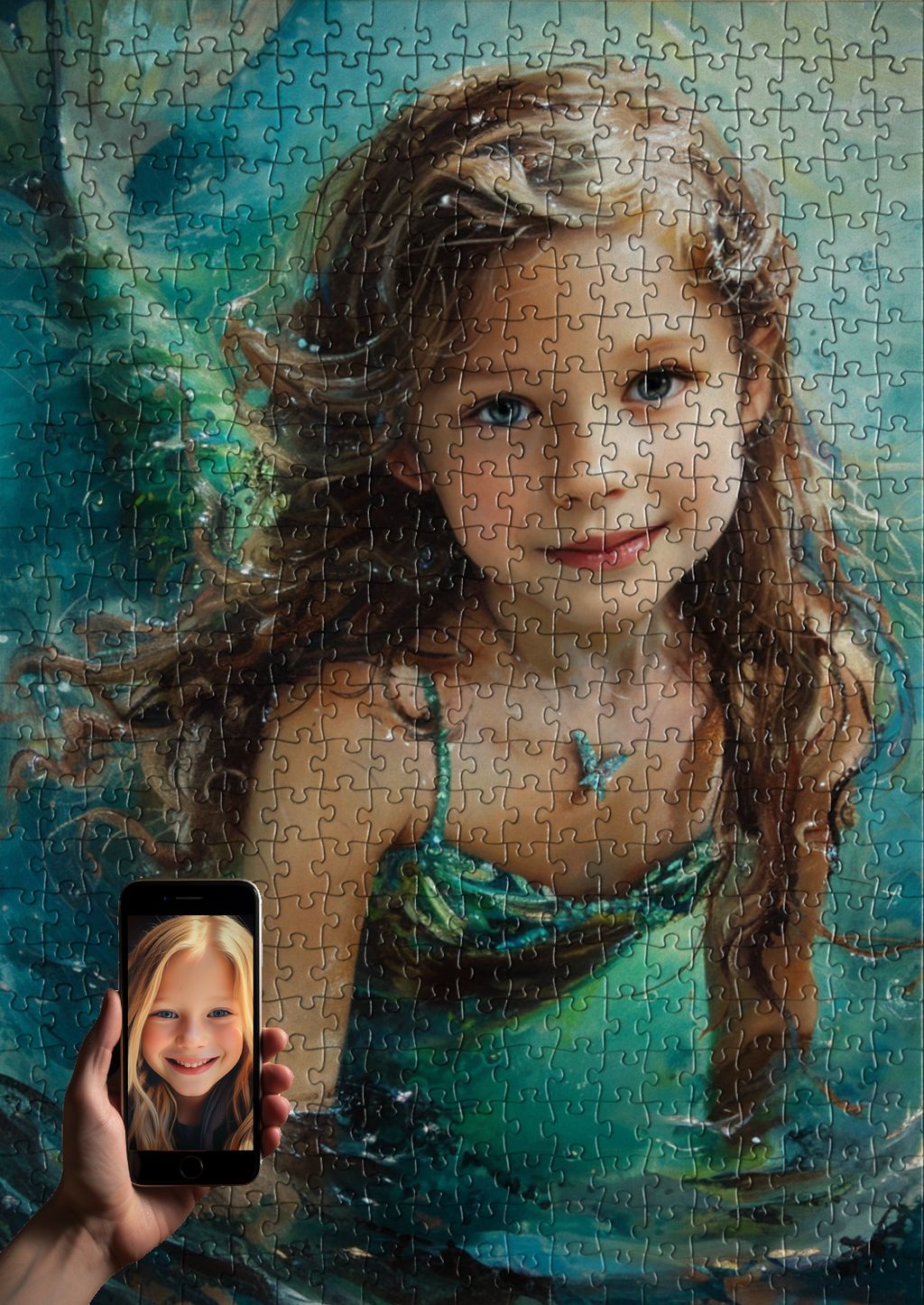
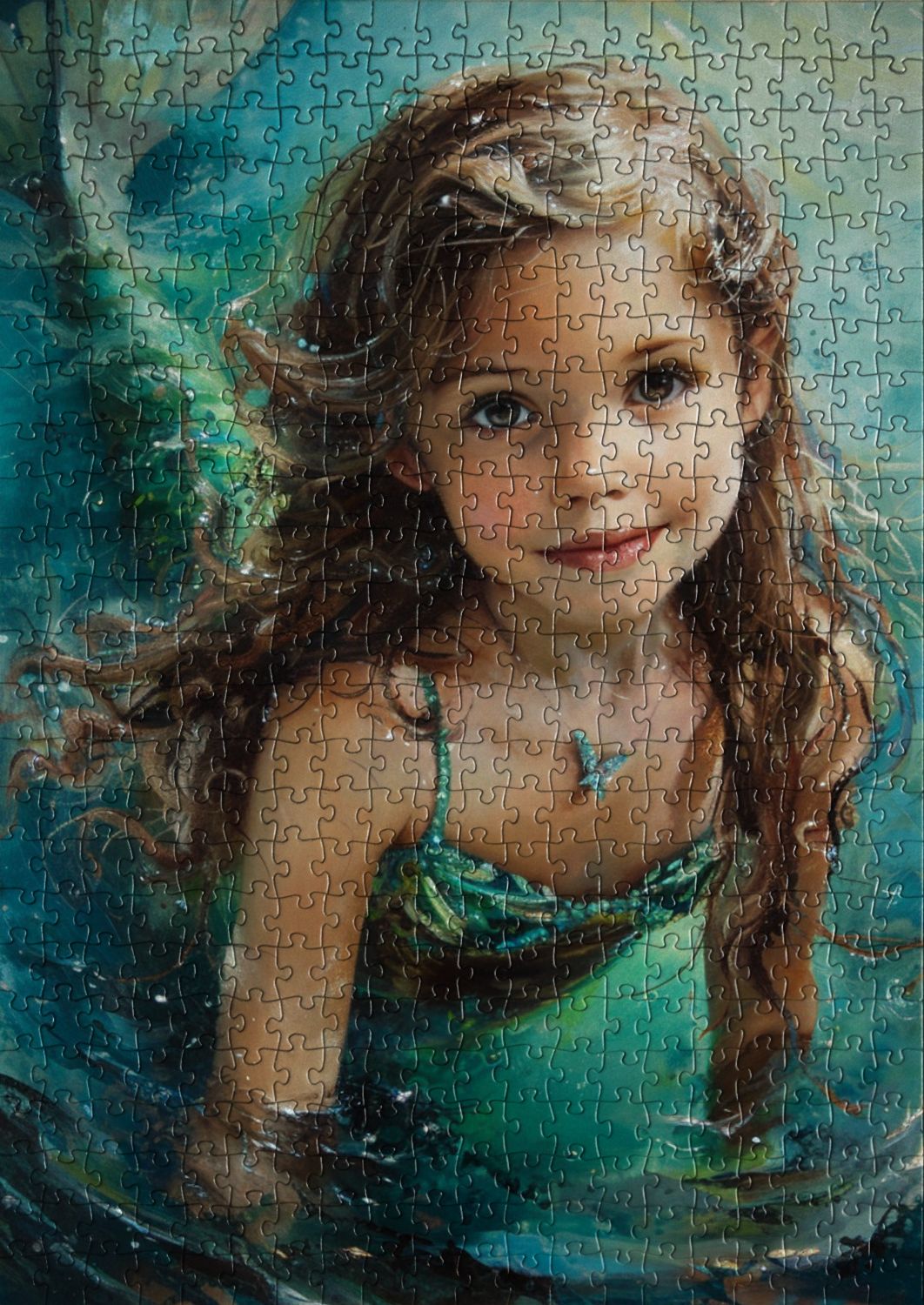
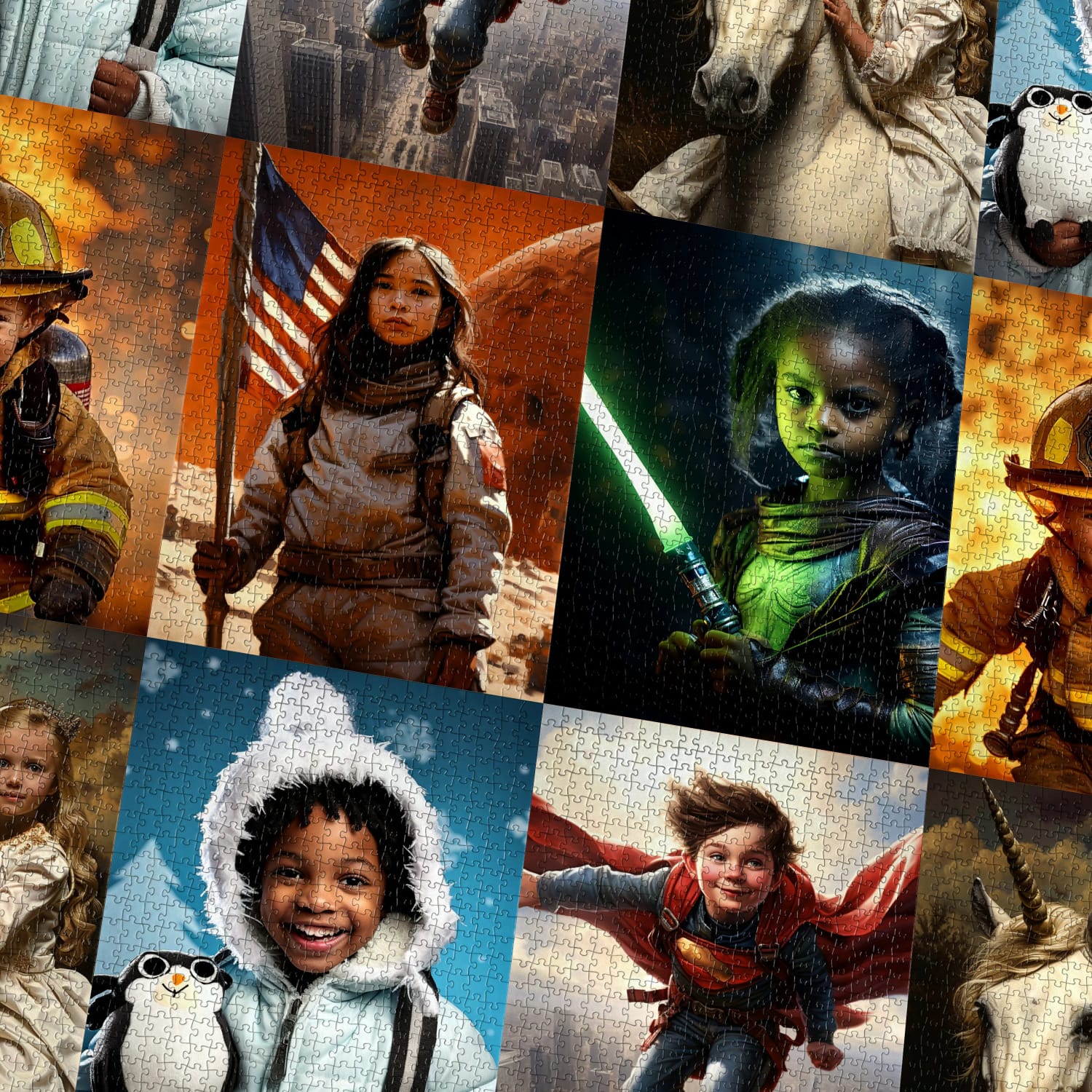
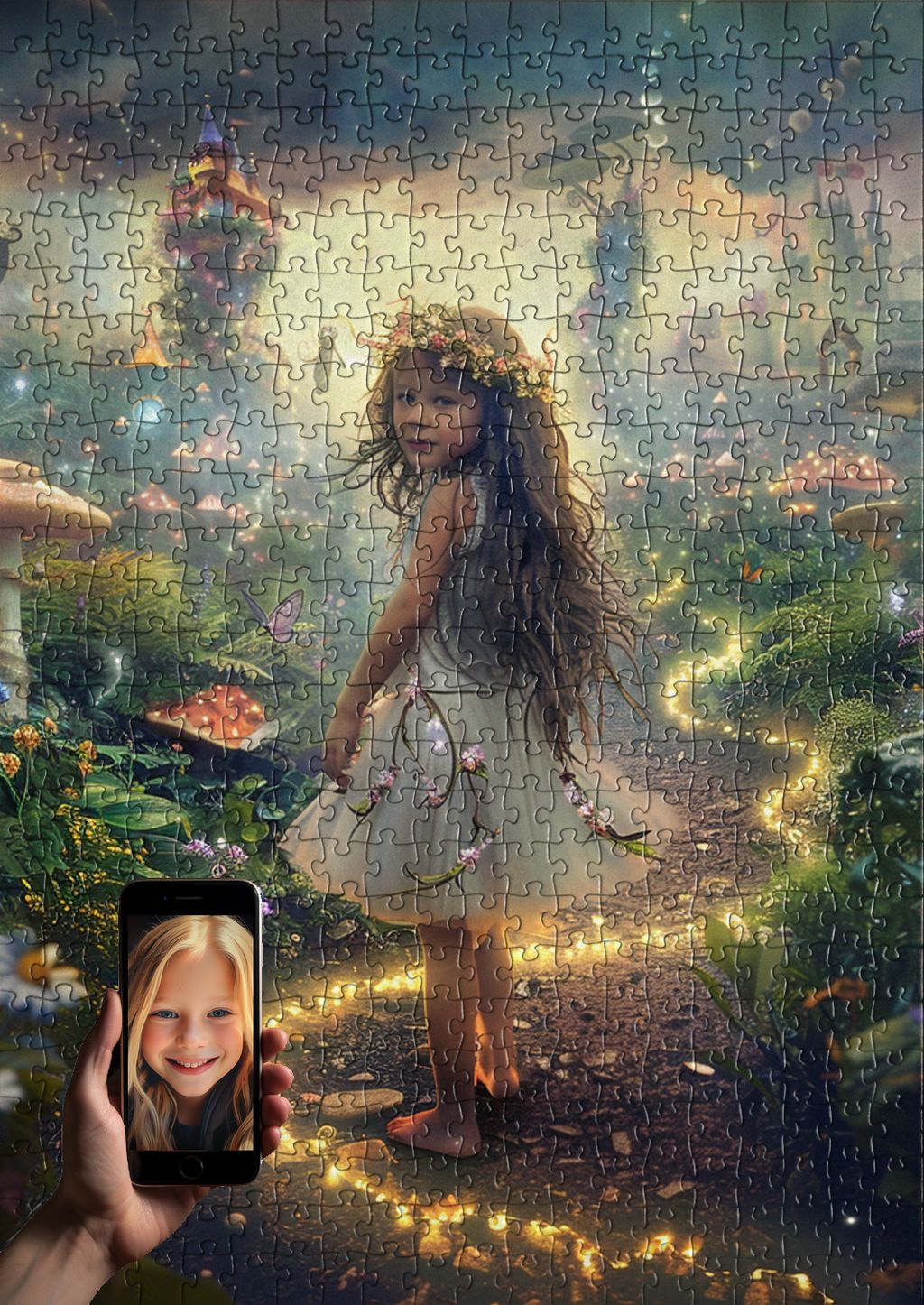
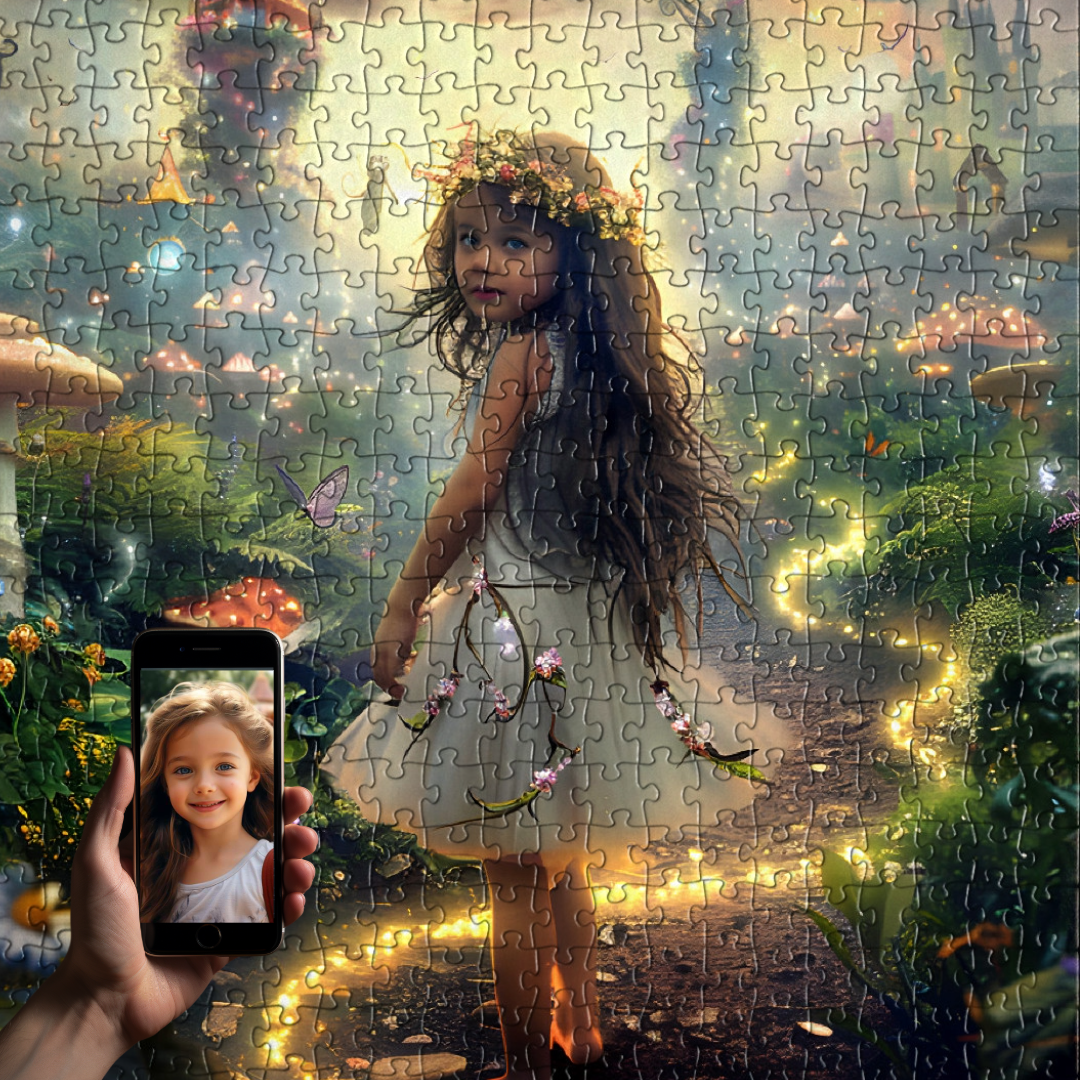
Share and get 15% off!
Simply share this product on one of the following social networks and you will unlock 15% off!